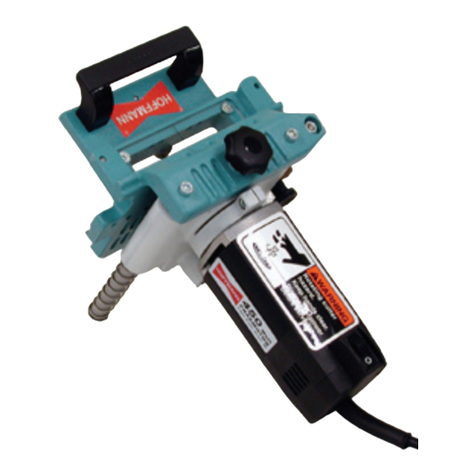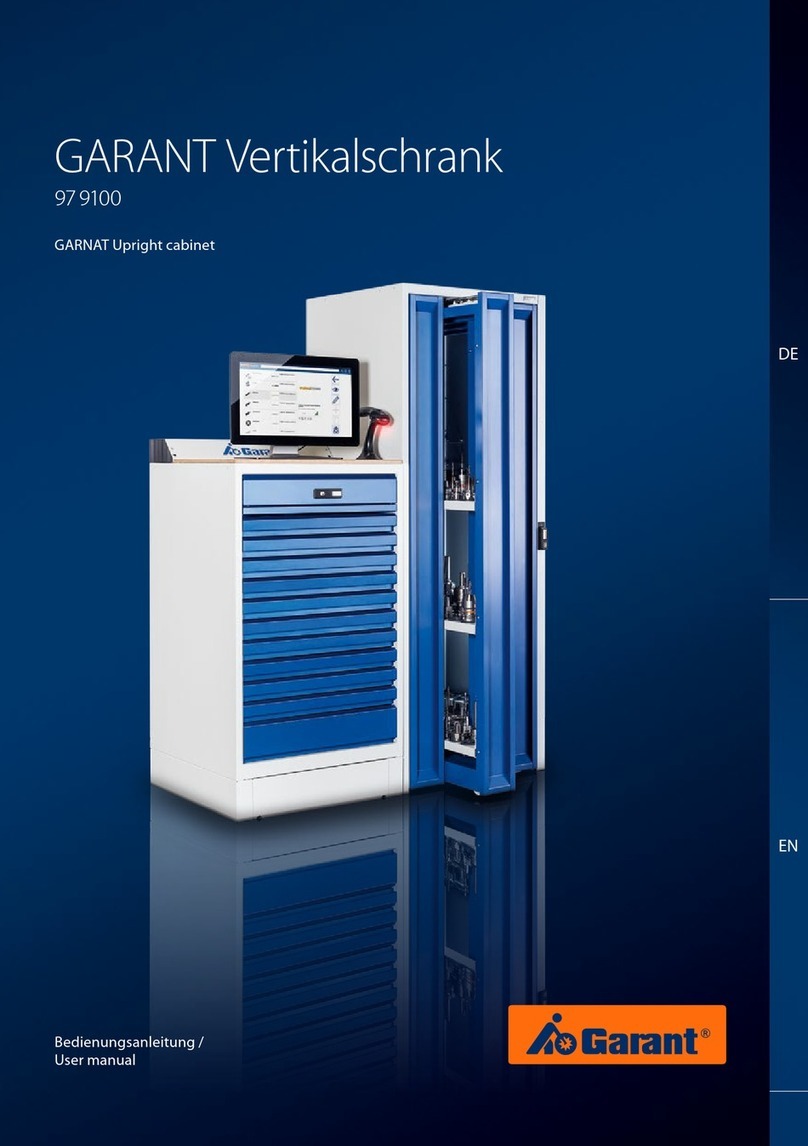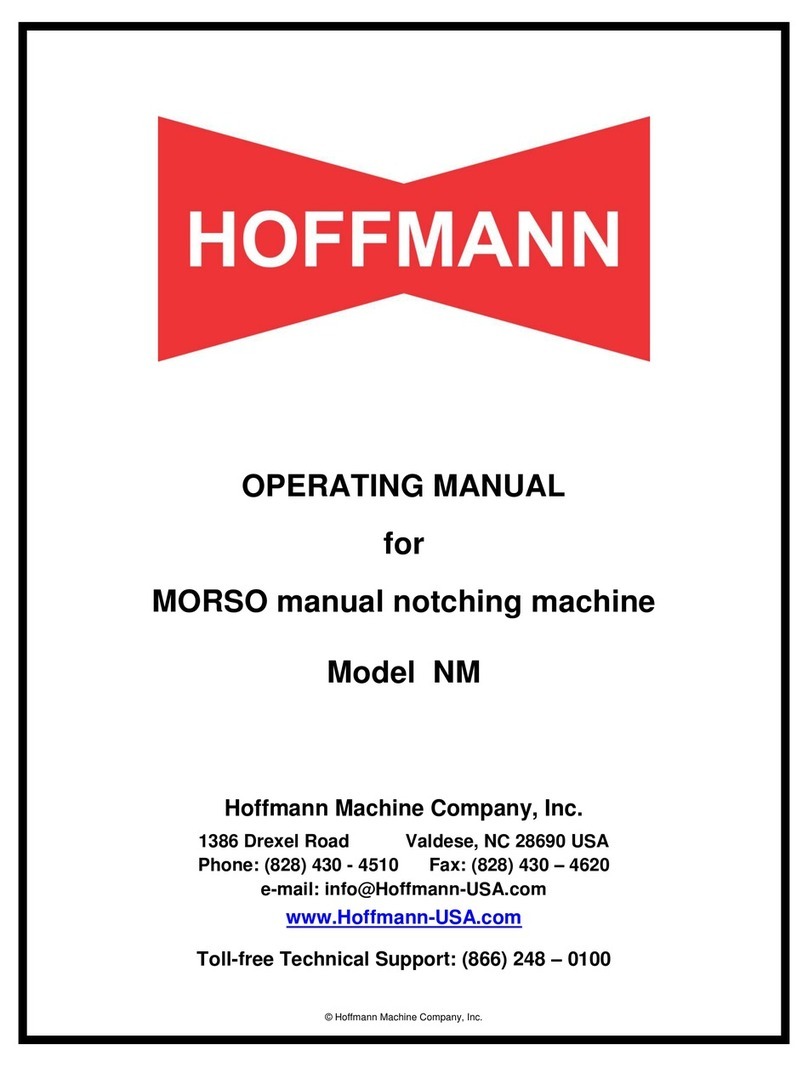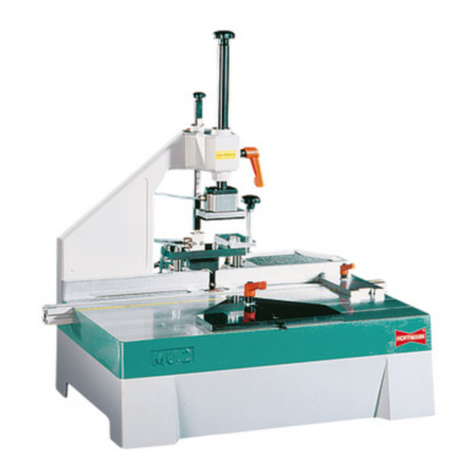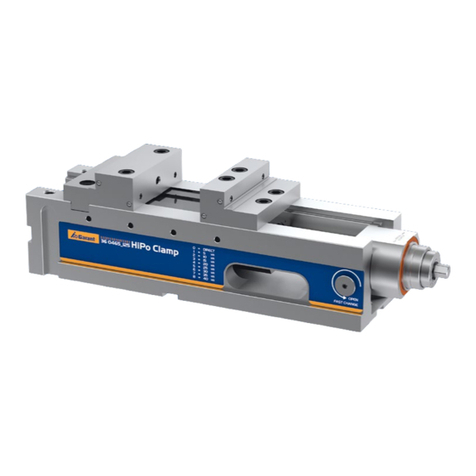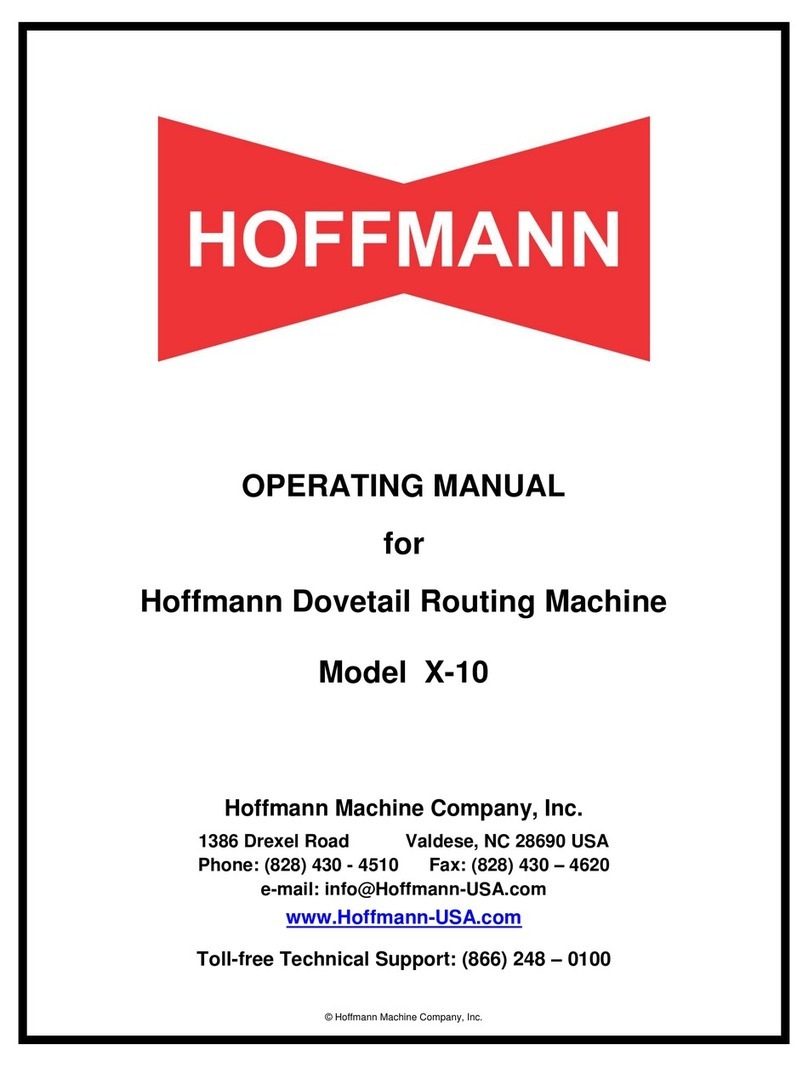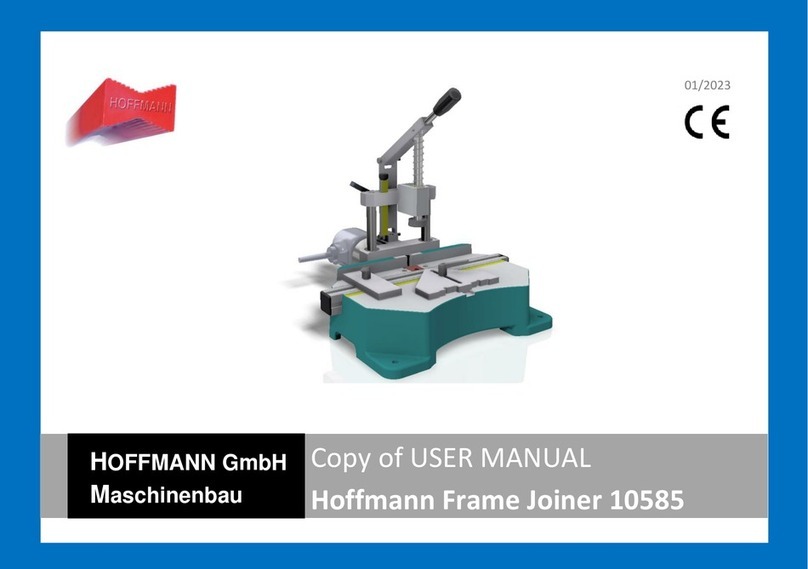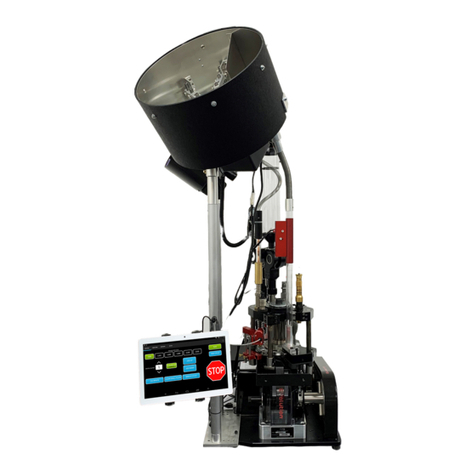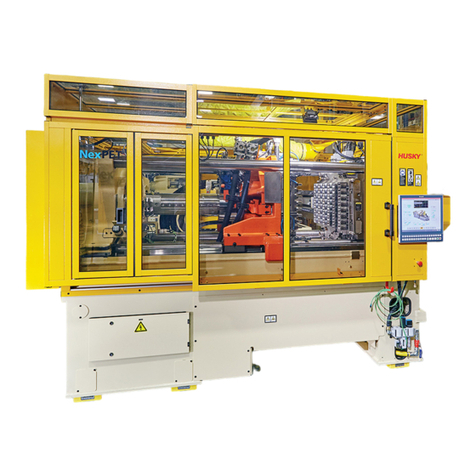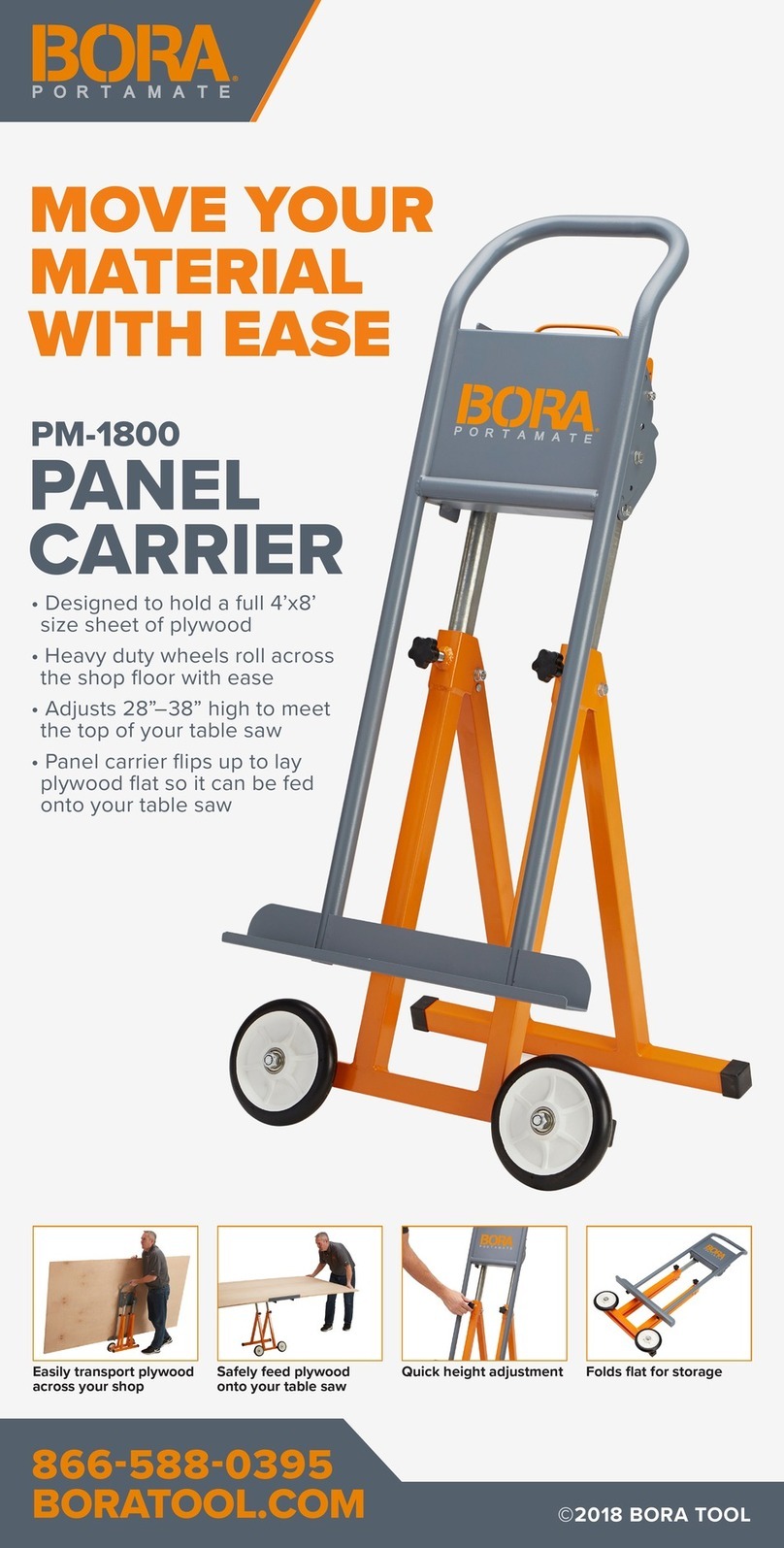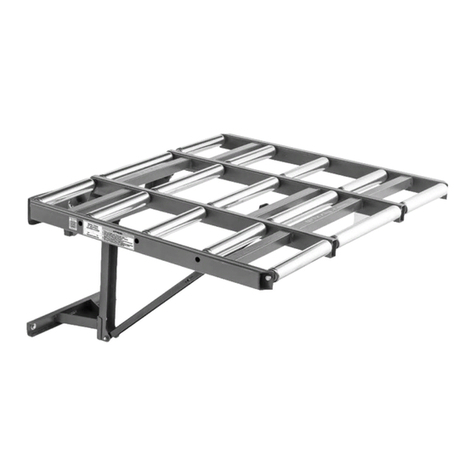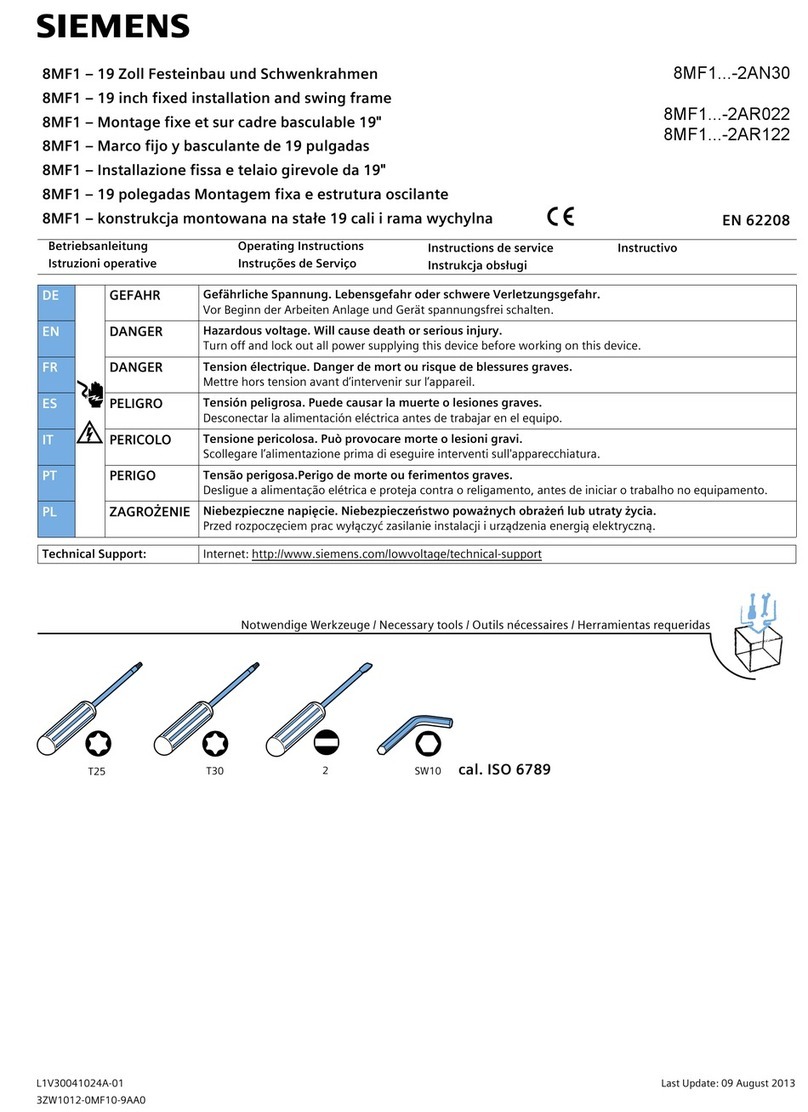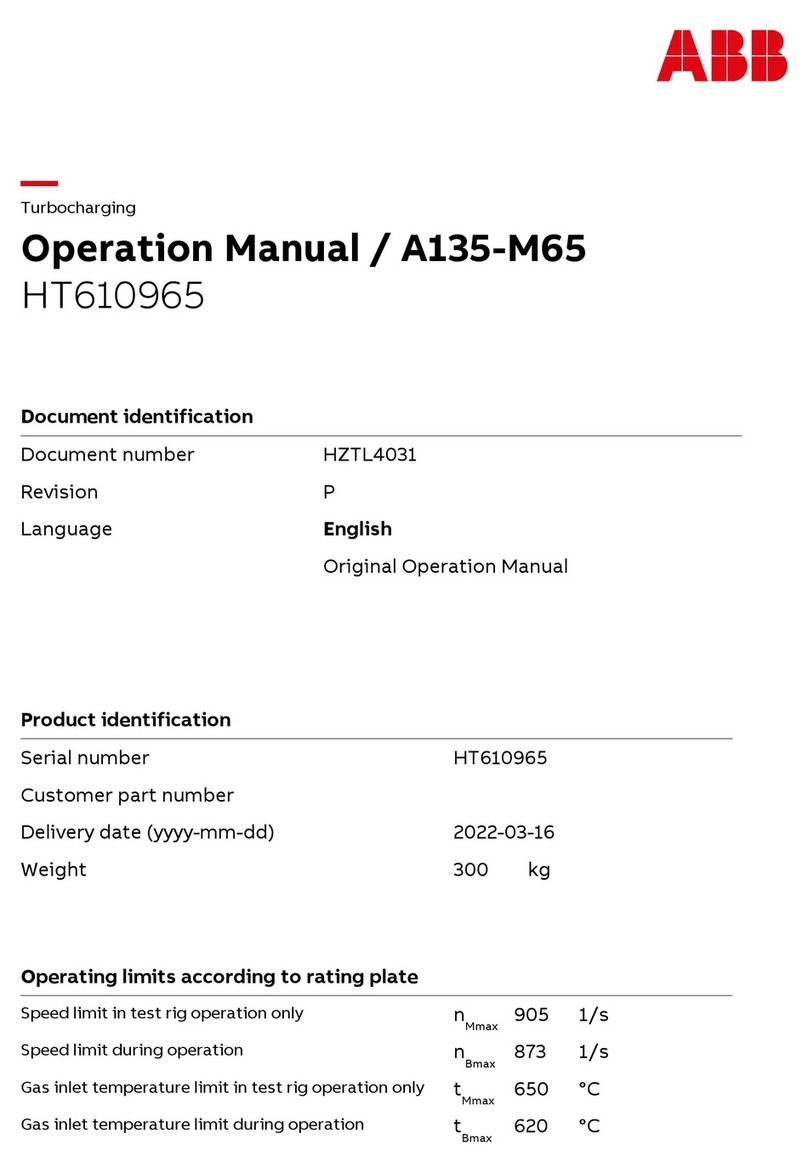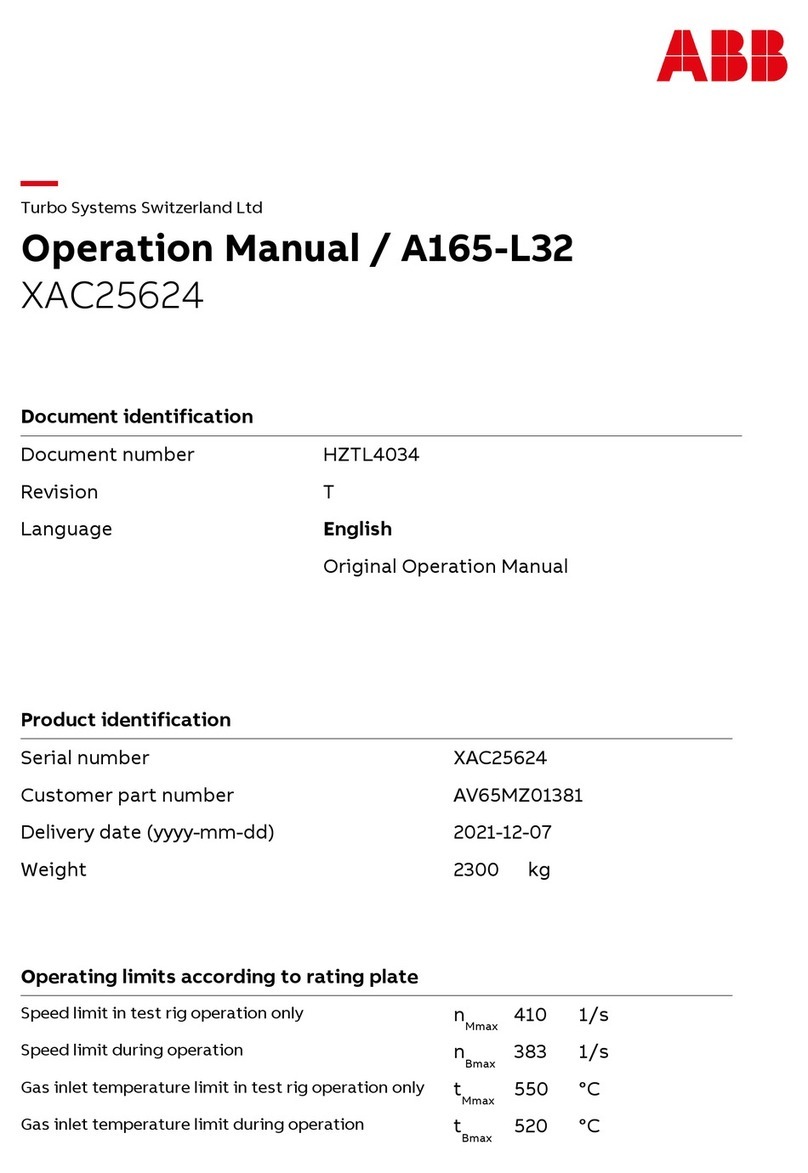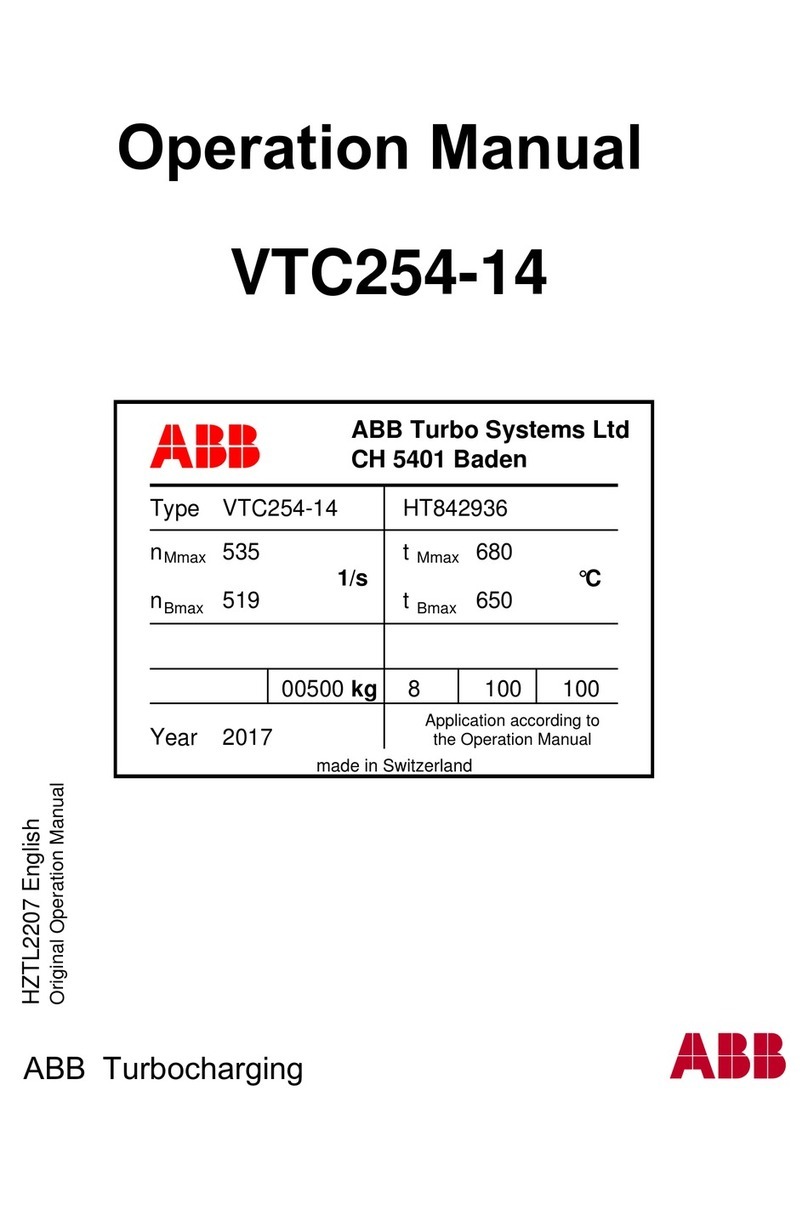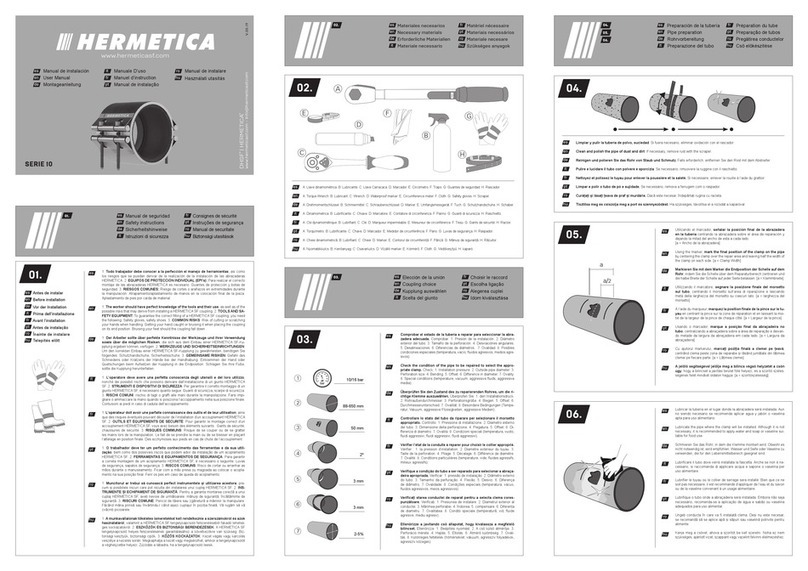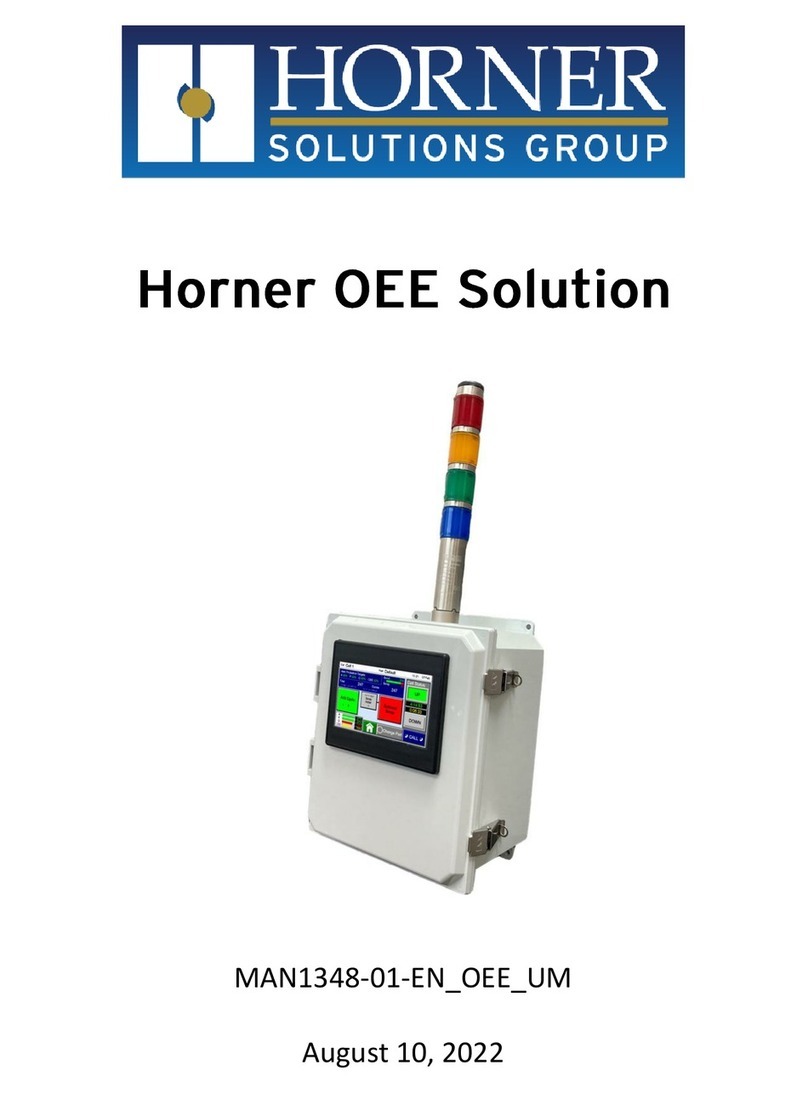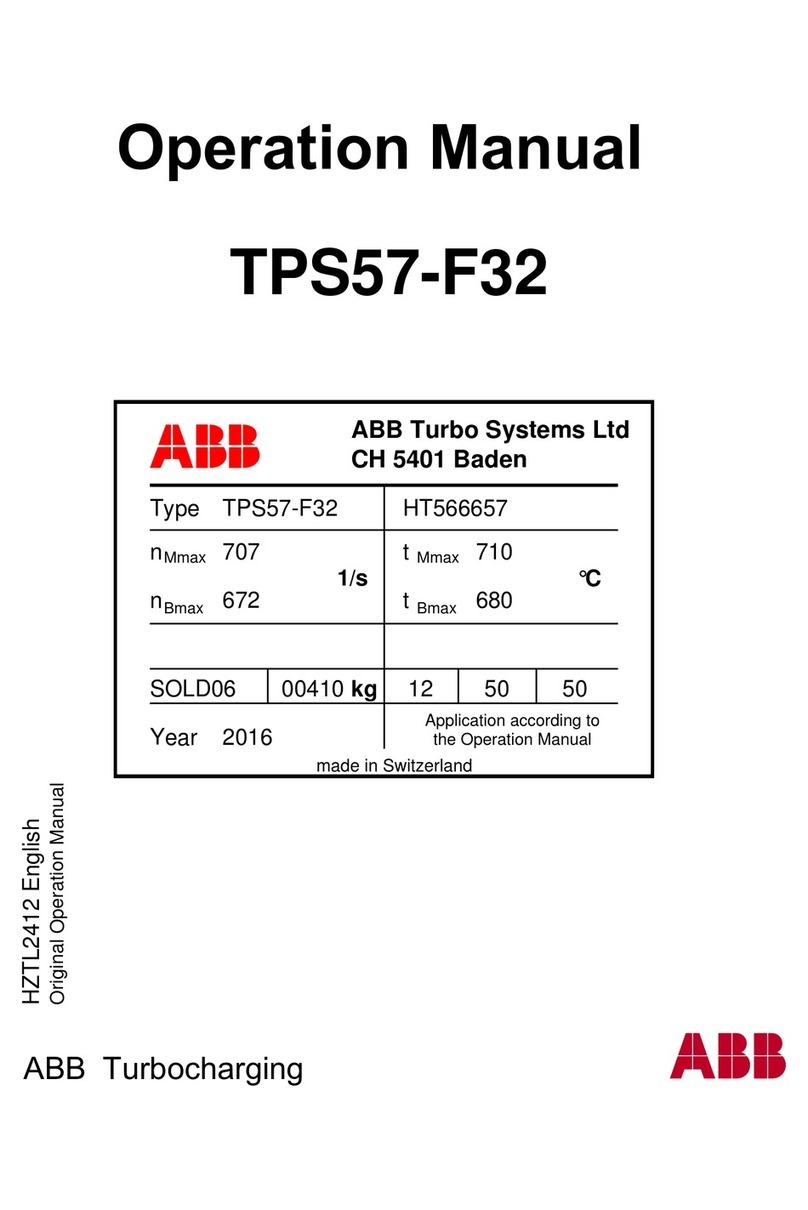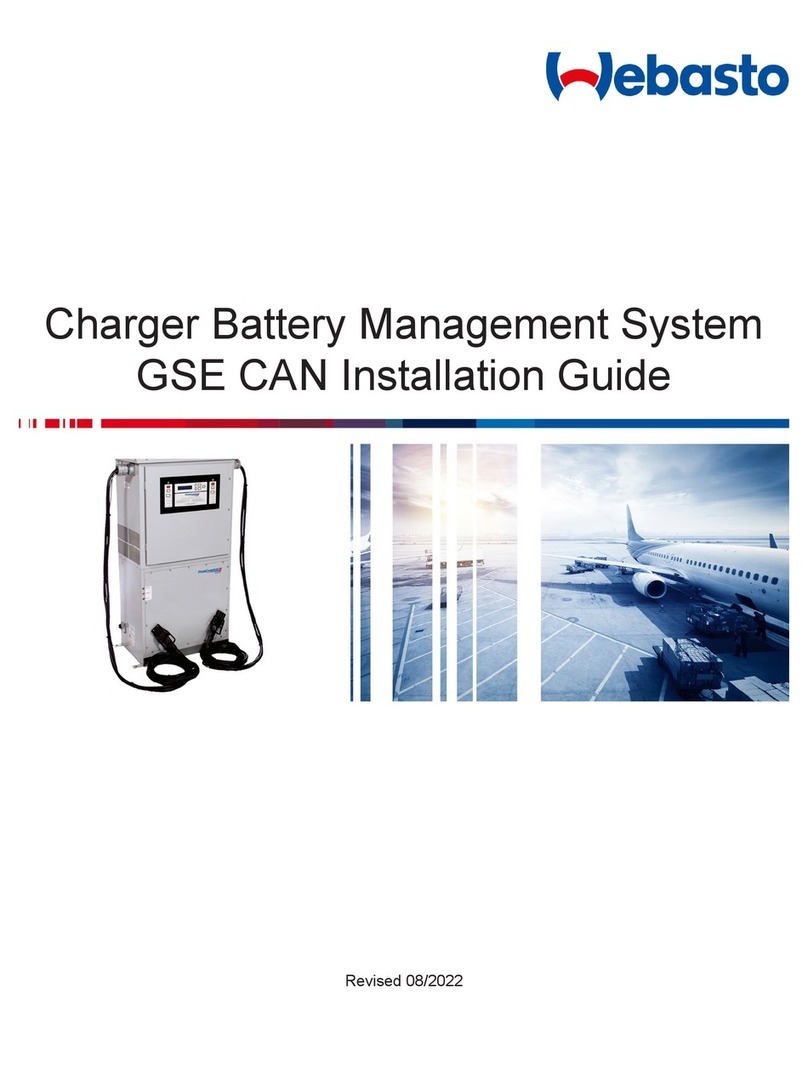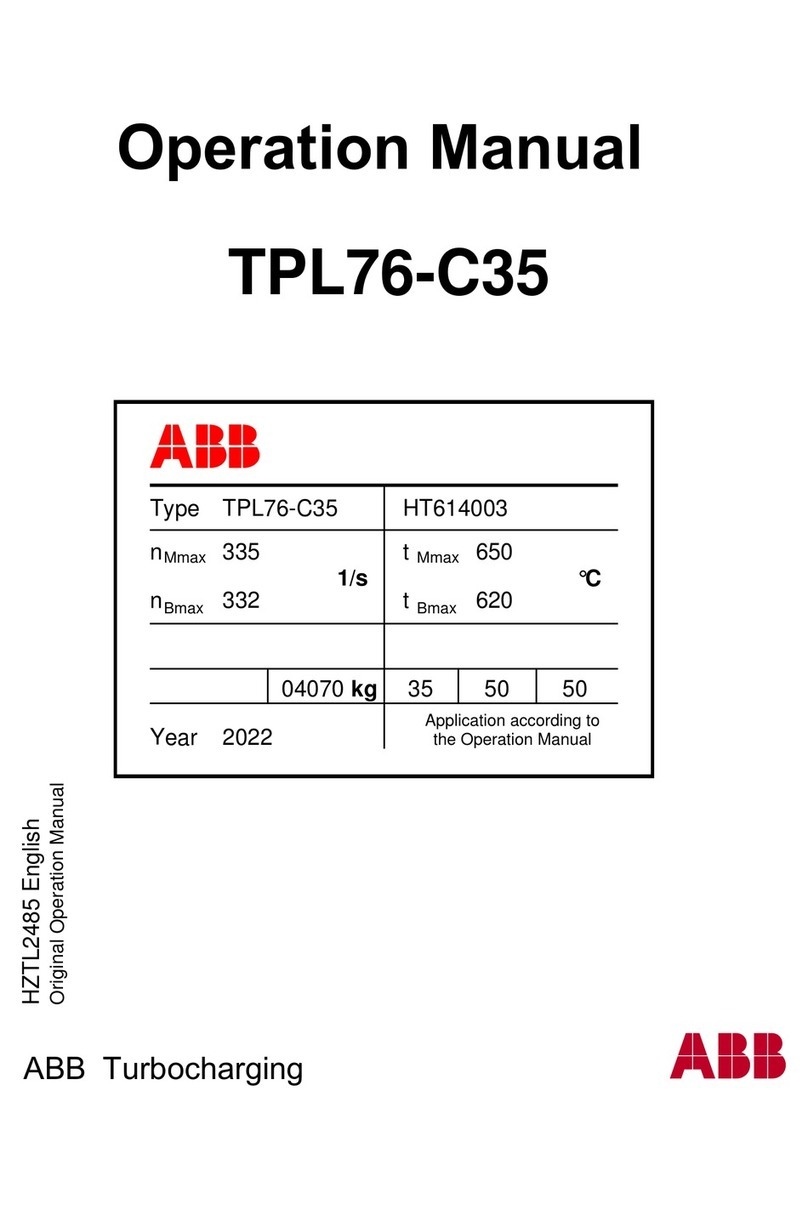
Table of Contents
1.0 Introduction.........................................................................................4
1.1 Precautions ......................................................................................................................................................4
1.2 Safety Nomenclature ...................................................................................................................................4
1.3 Safety Summary ............................................................................................................................................5
1.4 Summary Data and Tables.........................................................................................................................5
2.0 Installation & Startup Instructions .................................................6
2.1 General Installation Instructions...............................................................................................................6
2.2 Installation Connections.............................................................................................................................6
2.3 Locating and Leveling..................................................................................................................................6
2.4 Steam Connections (FX Series Only) .....................................................................................................6
2.5 Vacuum Connections (FX Series Only).................................................................................................. 7
2.6 Table and Backboard Mounting .............................................................................................................. 7
2.7 Start-Up Instructions (FX Series Only)................................................................................................... 7
(See Addendum for Model H for Model H Start-up Instructions)
3.0 Operating Instructions ......................................................................9
(See Addendum for Model H for Model H steam and vacuum unit operating instructions)
3.1 Operating Controls Instructions ...............................................................................................................9
3.2 Pressing Hints ................................................................................................................................................9
4.0 Maintenance & Adjustments ......................................................... 10
4.1 Head Covering .............................................................................................................................................. 10
4.2 Buck Padding................................................................................................................................................ 10
4.3 Steam Problems .......................................................................................................................................... 10
4.4 Head Valve .....................................................................................................................................................11
4.5 Buck Valve ......................................................................................................................................................11
4.6 Vacuum ...........................................................................................................................................................11
4.6.1 Air Vacuum Valve .................................................................................................................................12
4.6.2 Steam Vacuum Valve .........................................................................................................................12
4.6.3 No Vacuum On Steel Bucks ..............................................................................................................12
4.7 Shock Absorber.............................................................................................................................................12
4.8 Pressure Adjustment ..................................................................................................................................13
4.9 Lubrication ....................................................................................................................................................13
5.0 Trouble Shooting ...............................................................................13
(See Addendum for Model H for Model H steam and vacuum unit troubleshooting)
5.1 Steam Problems ...........................................................................................................................................13
5.2 Head Valve ....................................................................................................................................................13
5.3 Buck Valve ..................................................................................................................................................... 14
5.4 Vacuum.......................................................................................................................................................... 14
5.4.1 Air Vacuum Valve ................................................................................................................................. 14
5.4.2 Steam Vacuum Valve ........................................................................................................................ 15
5.5 Pressure Adjustment ................................................................................................................................. 15
6.0 Drawings & Parts List ....................................................................... 15
(See ADDENDUM FOR Model H for Model H additional drawings and parts list)
Counterbalance Spring Assemblies............................................................................................................ 19
7.0 Recommended Spare Parts List .....................................................28
Appendix A (Model H Only) ..................................................................29
Steam System Design Guidelines.................................................................................................................29

